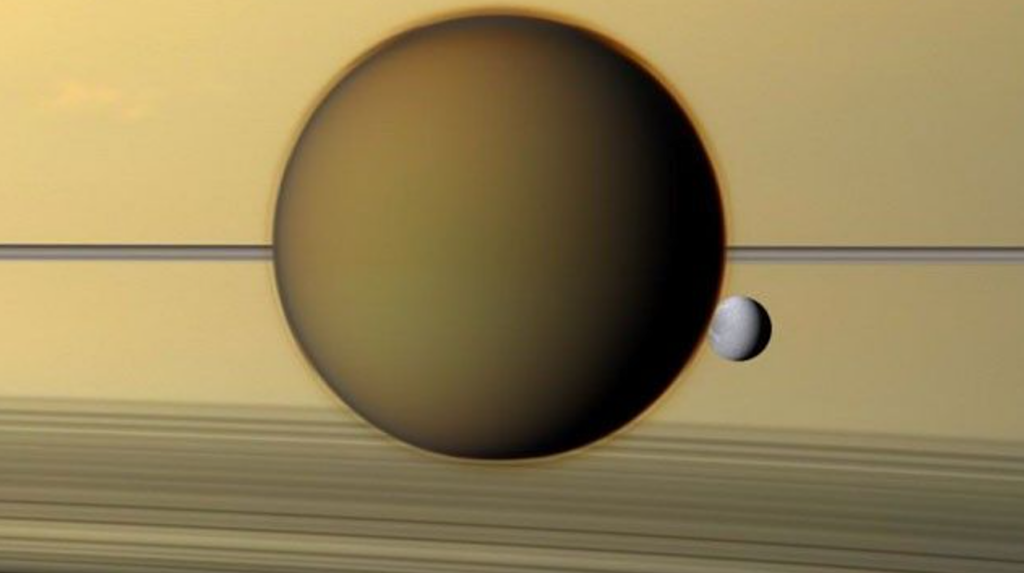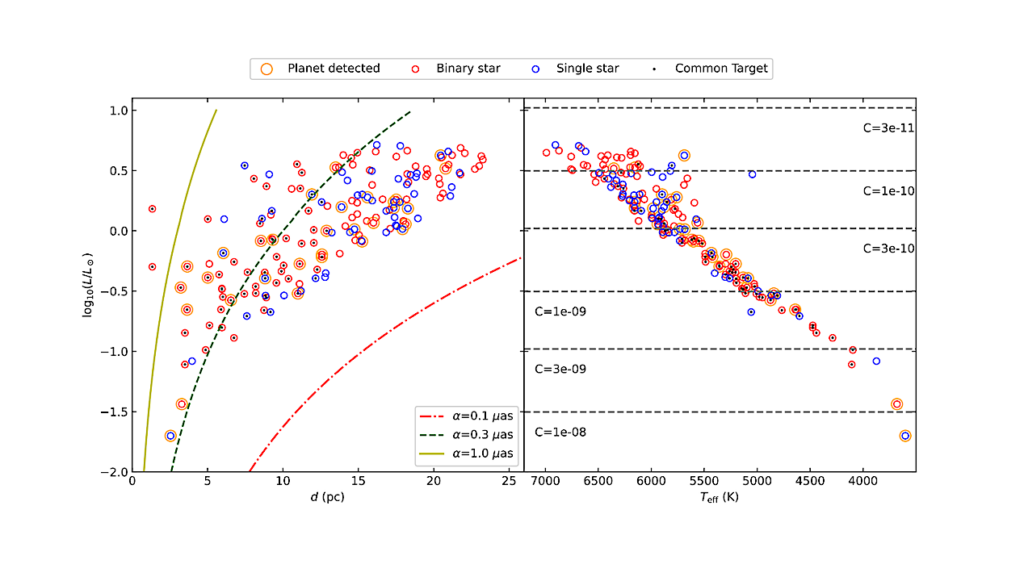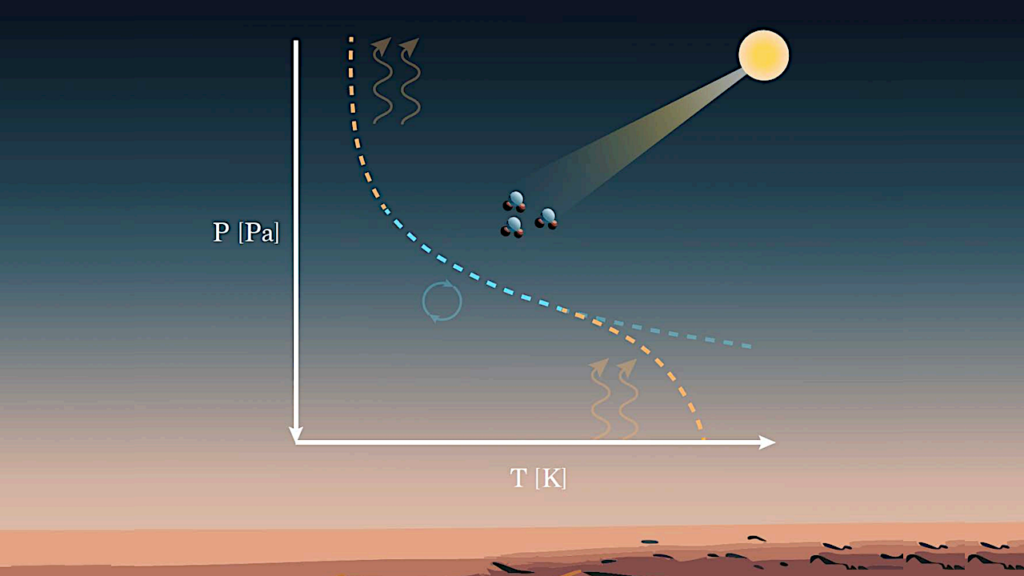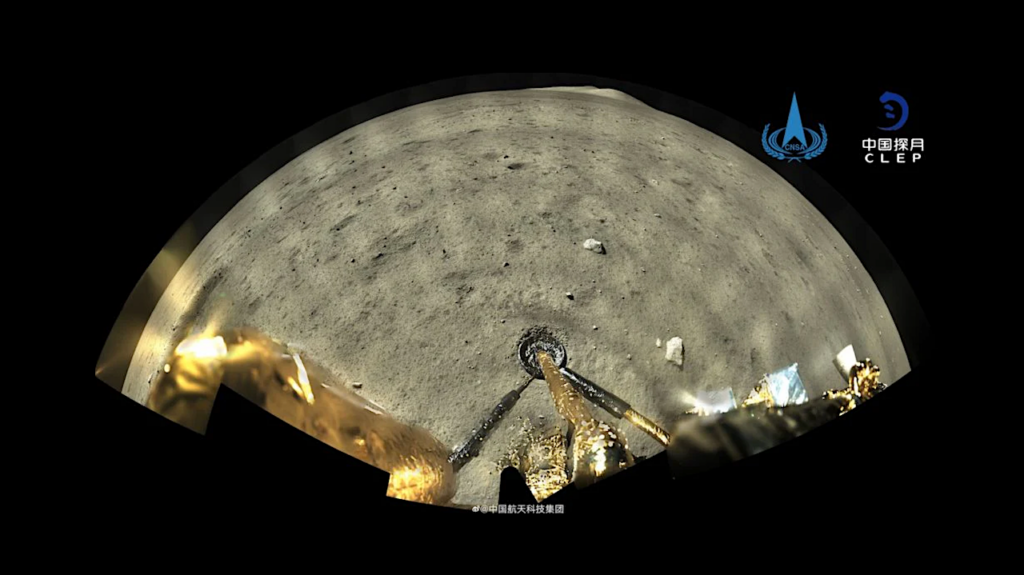Modeling Stellar Abundance Patterns Resulting From The Addition Of Earthlike Planetary Material

The literature on precision differential abundances (PDAs) in stars is extensive. Surveys include sun-like stars in the solar neighborhood, binary systems, and Galactic clusters.
Numerous references as well as a discussion of relevant mechanisms may be found in papers by Ramirez, et al. (2019) and Nagar, et al. (2020). A strong impetus for this work is the probability that the abundances have been influenced by exoplanetary systems and their evolution.
We calculate the resulting differential abundances ([El/H]) assuming a given amount of material with the composition of the bulk earth (Wang, et al. 2018) was added to the stellar convection zone of a dwarf G-type star. The mass of the convection zone is uncertain and variable, depending on the spectral type.
Here, we assume a mass of 5⋅1031 gm for the stellar convection zone (SCZ). This is 0.025 M⊙ (Pinsonneault, et al. 2001, Chambers, 2010). For other SCZ masses, the parameters must be adjusted accordingly. In general, the sunlike star will not have exactly the solar composition. This contingency is roughly taken into account in our model. An appendix discusses issues of volatility and condensation temperature.
Charles R. Cowley, Donald J. Bord, Kutluay Yuce
Comments: Accepted for publication Astronomical Journal. 9 pages, 8 figures
Subjects: Solar and Stellar Astrophysics (astro-ph.SR); Earth and Planetary Astrophysics (astro-ph.EP)
Cite as: arXiv:2101.10295 [astro-ph.SR] (or arXiv:2101.10295v1 [astro-ph.SR] for this version)
Submission history
From: Charles R. Cowley
[v1] Mon, 25 Jan 2021 18:25:24 UTC (661 KB)
https://arxiv.org/abs/2101.10295
Astrobiology, Astrochemistry








